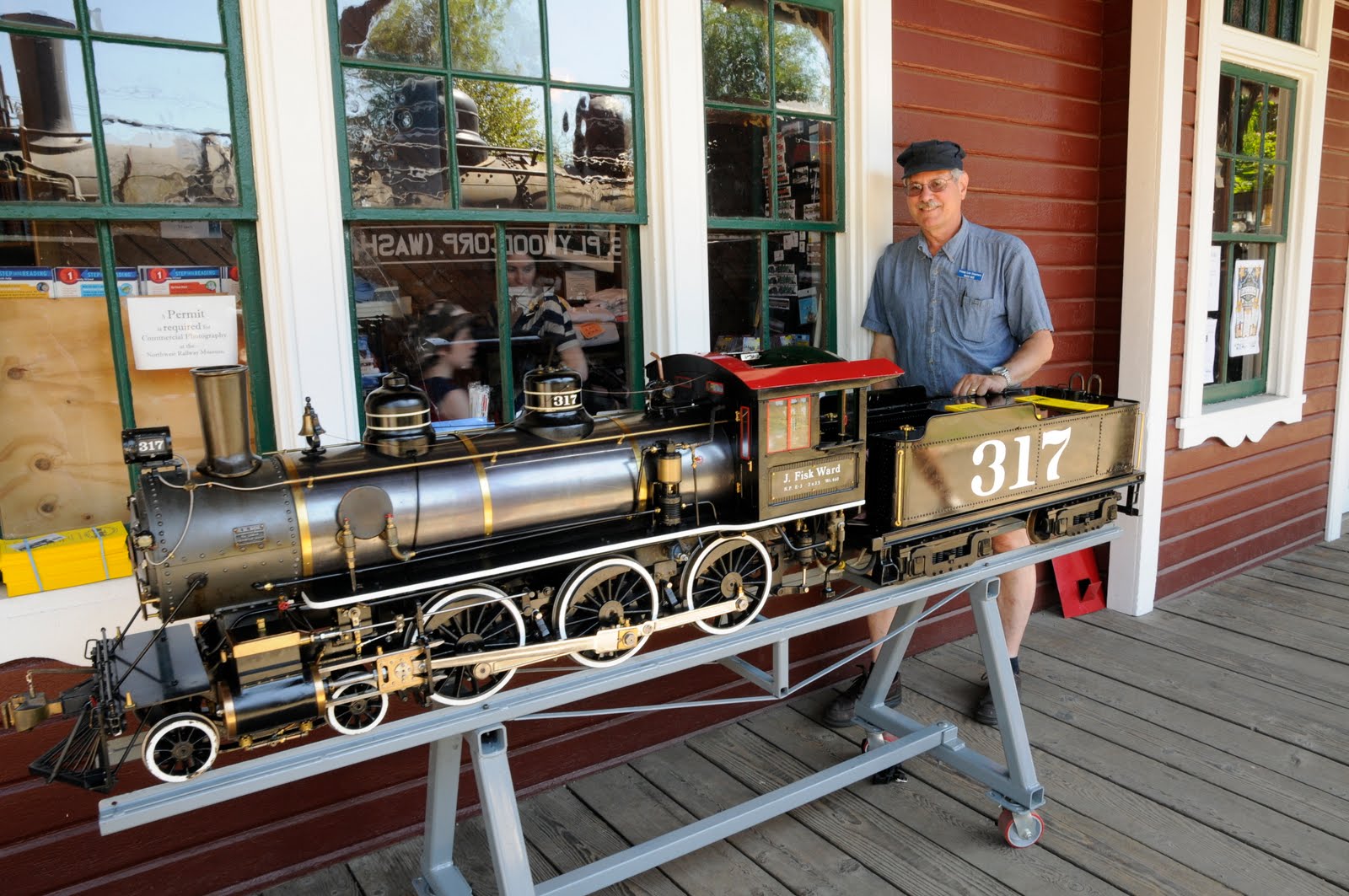 |
Zoe (Santa's oldest elf) and Ms. Claus
joined Santa in greeting children and
preparing the list of who is naughty
and nice.
|
In 2011 trains ran for eight days and served 11,200 visitors. The kitchen car stoves baked more than 24,000 cookies and Kris Kringle distributed nearly 7,000 small gifts to children. Factors in a successful event include the 57 dedicated volunteers and permanent staff that hosted the event, and awesome community support from the Snoqualmie Valley.
Volunteers crewed the train, helped guide people around the depot, assisted Santa, served refreshments in the kitchen car. They decorated the Snoqualmie Depot, the kitchen and the train. They baked cookies, sold and mailed tickets, cleaned the coaches, and set up craft tables. More than 1,600 hours were invested in preparing and hosting Santa Train.
 |
24,000 cookies were rolled and baked
in the railway kitchen car. A dedicated team of volunteers served them too! |
2011 brought several important improvements to the kitchen car too. The demise of Borders Books provided an opportunity to acquire and install an SBC Coffee machine. New 300 ounce insulated beverage dispensers were acquired to improve cocoa service. A new dough mixer has improved the quality and consistency of cookies. And a new cookie flavor was introduced: lemon!
Santa Train is a wonderful event and all of us here at the Northwest Railway Museum really enjoy hosting it. Wishing you Happy Holidays from all of us at the Northwest Railway Museum.
 |
| Families young and younger rode in century-old coaches. |
 |
| Seasonally decorated coaches greeted Santa Train passengers. |
 |
| Locomotives featured wreaths and Santa's own class lights. |
 |
| Excited children arrive in Snoqualmie. |
 |
| As he rode back to the North Pole, Santa reviewed his "nice" list. Santa was very pleased to note that none of the children who visited him in Snoqualmie were on the naughty list. |











































